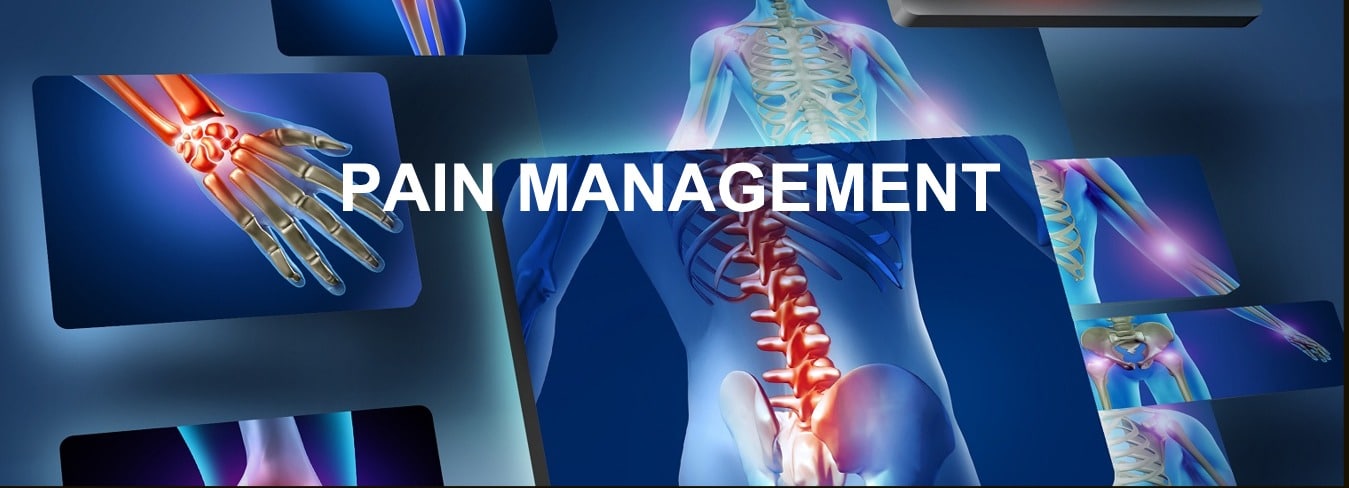Living with pain can be an overwhelming experience that impacts every aspect of life, from daily activities to mental health. Pain relief services are essential for those dealing from multiple kinds of pain, including acute and chronic pain. Knowing what pain management entails and how it can improve life quality is key for individuals seeking relief.
This thorough guide intends to explore the intricate landscape of pain management, providing information into the different types of pain, the most recent therapies, and available treatments currently offered. With insight about the fundamentals of pain and how different methods of management can be effective, individuals can take active steps in alleviating their discomfort and enhancing their overall health. From physiotherapy to medication alternatives, we will examine the many dimensions of pain management to equip you with the information you need to make informed decisions.
Comprehending Pain and Its Categories
Discomfort is a intricate and subjective experience that can be characterized as an unwelcome sensory and affective reaction to actual or possible body damage. It serves as a vital signal, alerting us to harm or disease, and can differ greatly from individual to person. Grasping the essence of suffering is important for effective management and treatment, as the approach to alleviation often depends on its type and underlying cause.
There are two primary types of suffering: sharp and persistent. Sharp suffering is usually temporary and comes as a immediate response to a specific injury or condition, such as a broken bone or surgery. It often fades as the underlying issue heals. Chronic suffering, on the other hand, persists for months or even years, often outlasting the original cause. Conditions such as joint inflammation, fibromyalgia, and nerve damage can lead to persistent pain, which may require a comprehensive approach for management.
In these forms, pain can further be grouped into nociceptive, neuropathic, and psychological. Nociceptive suffering results from damage to body tissue and can be felt as sharp, dull, or throbbing sensations. Visit This Link -related suffering occurs due to dysfunction in the nervous system, frequently described as burning or tingling. Psychological pain, shaped by emotional factors, can confound treatment plans and requires an method that considers both mental and bodily aspects of suffering. Understanding these distinctions is crucial for choosing appropriate pain management therapies and treatments.
Efficient Pain Management Techniques
When managing pain, a multidisciplinary approach generally produces the optimal results. Combining various treatments can combat the intricate character of discomfort and approach it from multiple angles. For instance, integrating physiotherapeutic therapy with medication can enhance mobility while diminishing pain. A customized pain management strategy suited to the patient's needs, likes, and health background is crucial for achieving effective results.
Lifestyle modifications play a crucial part in discomfort control. Incorporating regular exercise, stress reduction techniques, and a healthy eating plan can considerably reduce discomfort. Activities like hatha yoga and mindfulness mindfulness practice not only enhance physical fitness but additionally improve mental well-being, thereby lowering the experience of discomfort. Furthermore, maintaining a stable rest schedule is crucial, as inadequate sleep can worsen pain levels, creating a loop that is difficult to overcome.

Complementary therapies should likewise be thought about when creating a discomfort control plan. Methods such as needling, soft tissue therapy treatments, and spinal manipulation treatment have achieved recognition for their potential to provide relief without the side effects linked with conventional discomfort drugs. These modalities can deliver meaningful advantages, especially for long-term conditions like joint inflammation or fibromyalgic pain, and should be investigated as part of a holistic pain management plan.
Tailored Pain Therapeutic Strategies
Targeted pain therapeutic approaches function as essential for customizing therapies to patient requirements, especially when faced with difficult and persistent pain conditions. Such approaches typically involve a multidisciplinary team of healthcare professionals, including pain therapists, rehabilitation experts, psychologists, and nutritionists. By merging various modalities, such teams create a comprehensive care plan that considers the physical, emotional, and community aspects of pain. This holistic view helps boost both the success of therapies and the total quality of life for individuals.
One innovative approach in tailored pain control management is interventional pain control therapy, which includes methods such as nerve blocks and RF ablation. Such techniques aim to precisely concentrate on the source of pain through low-impact techniques, providing immediate and significant relief for long-term conditions. Such interventions can reduce the dependence on medicine and offer lasting results, enabling individuals to involve themselves in everyday activities with reduced pain. Additionally, healing medicine treatments, such as stem cells and platelet-rich plasma (PRP) applications, are becoming as innovative breakthroughs in the management of suffering by promoting healing and lessening inflammation.
Another important aspect of targeted pain control management involves daily life modifications and alternative therapies. For example, including mindfulness practices practices and fitness into therapy plans can significantly impact pain perception and stress. Vinyasa yoga, physiotherapy, and food modifications, such as implementing an anti-inflammatory diet, are demonstrated to reduce discomfort and improve restoration. By tackling the multifaceted nature of pain, targeted approaches emphasize the importance of enabling clients to take an active role in their discomfort control journey, cultivating a sense of of agency and better success.
